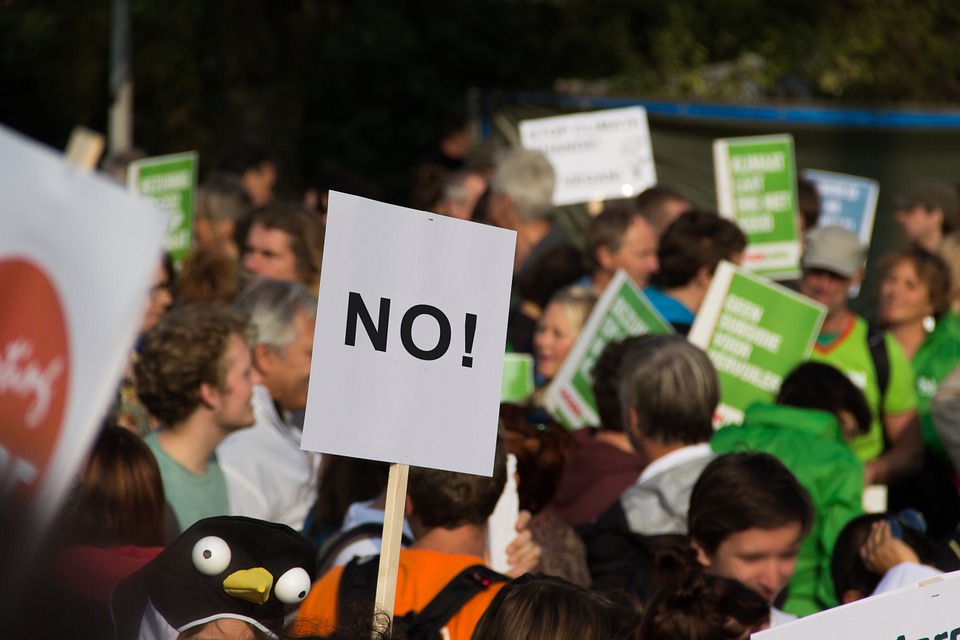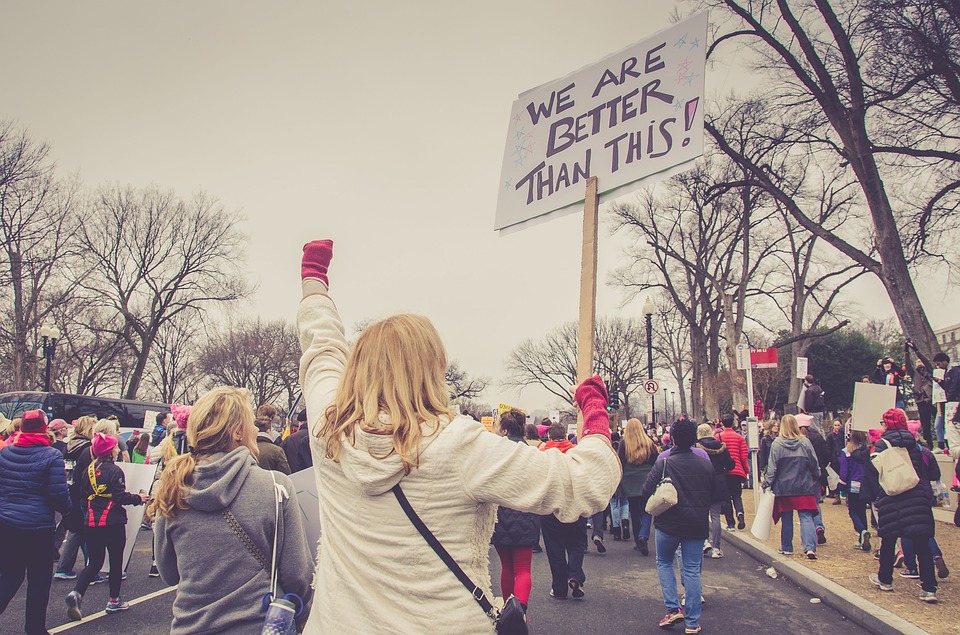As the world’s biggest advertisers like Unilever and Proctor & Gamble continue to operate on lower advertising budgets and spend less on media buys in 2017, Facebook believes that putting its faith in mobile advertising will help it ride the storm going into the next year.
Ever since P&G’s top marketer Marc Pritchard announced that the Ariel and Pampers advertiser will review all of its agency contracts and called for more transparency in the media supply chain at the start of year, the advertising industry has seen some major shakeups.
Unilever dropped half of its creative agencies under its employment and reduced spend to $200m, while P&G reduced up to $140m of its ad spend and stopped investing in areas where it was unsafe for its brands, on top of its move to stop targeted ads on Facebook in 2016.
The cutbacks by the FMCG giants were necessary to clean up the supply chain and remove fraudulent inventory, acknowledges William Platt-Higgins, vice president, global client partnerships at Facebook in an interview with The Drum in Singapore, and notes that it is in everybody’s interest that fraud be eliminated from the ecosystem.
“We have seen various marketers and agencies taking a hard stance on this publicly and some clients very surgically try and cut out as much of that as possible. They have done so without any negative impact on their business because the inventory that they are weeding out is actually not good inventory to begin with,” explains Platt-Higgins.
“It won’t be eliminated completely, but I think all the clients that we work with in all regions of the world are focused on reducing fraud as much as they can and getting transparency into the supply chain by using third party verification.”
While Facebook has previously come under fire for reporting miscalculated metrics and for a lack of transparency because of its closed marketplace around its user data, brands and agencies still trust the social media giant, according to Platt-Higgins, which is why all Facebook verticals are growing, including FMCG.
He also accuses critics of being green-eyed about Facebook’s strong, growing partnership with P&G and other big FMCGs, claiming that it is being brought earlier into the creative and strategy planning stages.
“They (Unilever and P&G) are very focused on maximising value for their investments and cleaning up as much of their supply as they can. They are looking to hold all media choices, not just digital media choices accountable,’ says Platt-Higgins.
“One of the things we are starting to hear is the advantage of any digital investment is it is more measurable than traditional offline investments. Digital channels, because they are measurable, the amount of data available on their efficacy and attribution to sales is large.
“What we are seeing from these conversations is ‘It is great that I am holding all my digital investments super accountable, because that is the right thing to do and I want to hold all my other investments as accountable as well’. What you will see increasingly is that investments will flow to media channels that are providing the higher returns of investment and the higher value, and they will recede from those that aren’t.
He also repeats a well-trotted out company line about its closed marketplace, as he says that the Facebook ecosystem does not qualify it as a ‘walled garden’. He explains that people are jealous of the quality of its data and its desire to protect its data, which comes as a result of its commitment to user privacy.
“We certainly hear it (walled gardens) and I don’t think that we would agree with that,” he adds, adding that the requests tend to boil down to various people or entities wanting more data on individuals, which breaches Facebook’s terms of service and the trust that people give when they join.
“That is something that we will and must protect. So that’s our stance on it,” asserts Platt-Higgins.
Quoting a book called ‘How Brands Grow’ by professor Byron Sharp at the Ehrenberg-Bass Institute, Platt-Higgins says Sharp’s words inspired Facebook to shift its focus to mobile advertising to cope with the FMCG giants’ lower ad spend and media buys. Sharp wrote that in order for brands to grow they need to bring new users into the franchise, and that consumers are not uniquely loyal to brands and instead tend to shop on a ‘consumer regiment’ of products because of mental and physical availability.
He claims that this approach by Facebook has seen it reach 500,000 households in the Philippines for Nestle’s all-purpose cream product campaign using Facebook and Instagram. While in the UK, 37 FMCG campaigns that made use of its tools drove a 3.7% increase in sales, and of those people buying those products 60% were non-brand buyers. In the US, 200 campaigns on Facebook and Instagram drove an increase in household penetration, bringing new users in 72% of the time.
“Over the last number of years, as people shifted to mobile devices, the concept of both mental and physical availability has changed. If you are in the business of growing your brand, what you need to master is mobile marketing,” says Platt-Higgins.
“This is where we have been spending most of our time. Not only is Facebook and Instagram driving sales, but they are disproportionately driving household penetration and bringing new users in because of mobile.
“In Indonesia or India, where there might be power outages from television, the opportunity to reach people with mobile and bring top-of-mind awareness and mental availability is huge.”
However, Platt-Higgins admits that simply porting assets from television onto mobile does not necessarily work and Facebook is constantly reminding itself that the way people consume content is different. He adds that if a brand is not building for the mobile environment intentionally and with craft, care, seniority, thoughtfulness and senior stakeholder-management stewardship, as well as optimising for mobile, then it is a missed opportunity.
“Brands need to optimise in three areas. One is the reach, where often what we find is that clients have gone too narrow with their reach and that can be a drag on their results. We see that the frequency is not optimised and not reaching people enough or too often. The most important thing is how the creative is being optimised for mobile,” explains Platt-Higgins.
“We spend a lot of time trying to audit and show whether or not the work has been optimised for mobile and if it has, how we can make it even better.
“If we can get those three things right, we find that we can disproportionately drive sales and Facebook has a direct attribution to sales. That is the only equation that people are interested in.”
Platt-Higgins’ advice on mobile certainly carry weight, as a report by eMarketer found that FMCG brands are expected to invest 28% more in mobile advertising in 2017 in the UK.
















